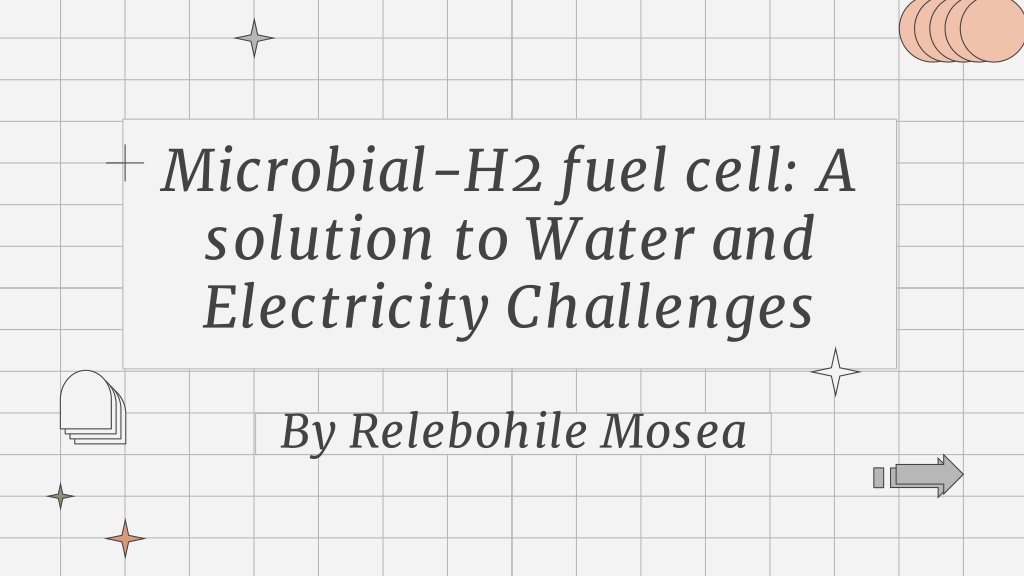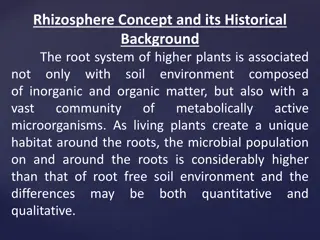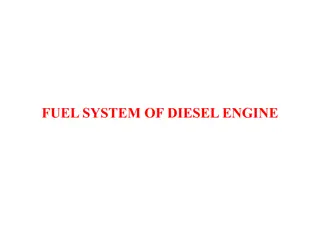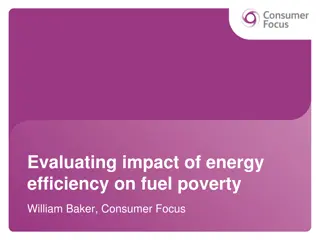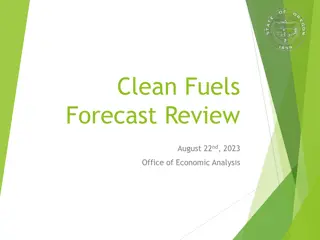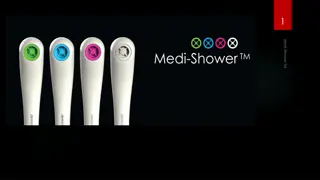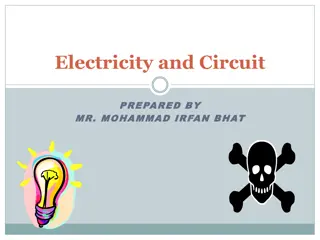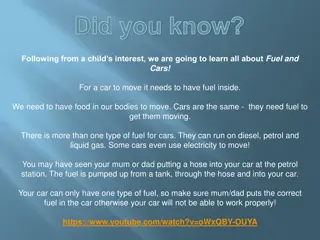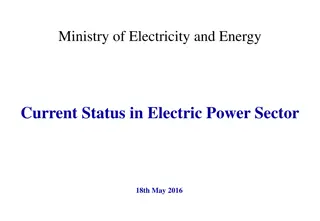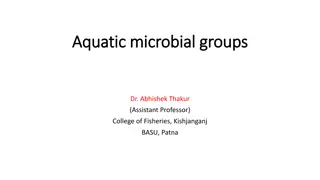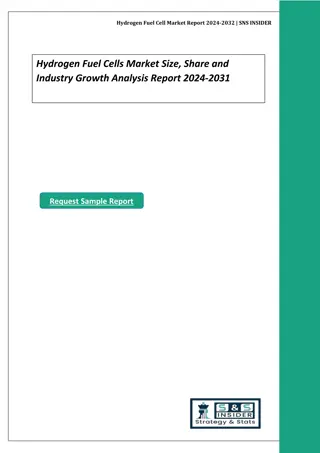Microbial-H2 Fuel Cell: A Sustainable Solution for Water and Electricity Challenges
This project focuses on developing a generator that utilizes microbial and hydrogen fuel cells to produce water and electricity as by-products. The aim is to address water scarcity and energy challenges faced by communities in South Africa. By combining innovative technologies like air-to-water systems, the project aims to create self-sufficient households without substantial financial investments. The objectives include exploring alternative ways to provide clean water and reliable electricity, ensuring communities' sustainability, particularly in Maluti A Phofung.
Download Presentation

Please find below an Image/Link to download the presentation.
The content on the website is provided AS IS for your information and personal use only. It may not be sold, licensed, or shared on other websites without obtaining consent from the author. Download presentation by click this link. If you encounter any issues during the download, it is possible that the publisher has removed the file from their server.
E N D
Presentation Transcript
Microbial-H2 fuel cell: A solution to Water and Electricity Challenges By Relebohile Mosea
Introduction The purpose of this project is to create a generator that uses both a hydrogen and microbial fuel cell in order to create a by-product of water and electricity. With the help of humidity in both the atmosphere and the generator, to increase production of water. air-to water technology concepts, which utilizes
Table of contents 01 04 Methodology Background 02 05 Analysis Hypothesis 03 06 Conclusions Objectives
Background In 2007 Eskom had announced that the country will start doing systemic blackouts (load shedding) until they fix the problem. In 2015 the country started to have notably very concerning water and sanitation issues, this thus leading up to the dreaded day 0 in 2018.These are very concerning issues especially when noting that access to water and access to safe sanitation are constitutional rights.
Hypothesis A combination of Microbial Fuel Cell, Hydrogen Fuel Cell and Air-to-Water systems can generate water and electricity for households in South Africa
Objectives To explore alternative ways of providing communities with safe, clean and reliable water and electricity. To ensure that households can be self-sufficient of water and electricity without spending a lot of money. To see what effects and possible benefits the procedure would have when combined for the aim of creating a reliable quantity of water and electricity to sustain each house hold firstly in Maluti A Phofung
Current situation & problem statement 01 02 03 Current situation Stage 6 3M+ 2007 For many years South Africans have been faced with the problem of load shedding, many though are still with out ANY electricity and safe water. Stage 6 was first introduced in 2019. 2018 Day Zero still looming. People have no electricity and access to water. 14M have no access to safe sanitation. Problems Load shedding was introduced in 2007. Lack of water? Sanitation at record high : Day 0
Methodology: Experimental MCF(microbial fuel cell) HFC( hydrogen fuel cell) Air-to-water Bio-electrochemical that current electrons microbial oxidation. system electric diverting from An that converts the chemical energy of a fuel and an oxidizing electricity through a pair of redox reactions. electrochemical cell Capturing what we know as relative humidity, for the use of daily living. generates by produced agent into
Methodology stages Water & Electricity Air-to- water 01 03 MCF HCF 02 04
Results - 0,9V 9.19V Air-to-water (Prototype 1): produce results. MCF HCF didn t expected (prototype1) (prototype 1)
Analysis Fuel Cells Generator 01 From prototype 1, we could see much potential in creating safe and reliable electricity (0,9V and 9,19V) Air-to-water Though prototype 1 was not successful, there is still much potential literature review Considering both the literature review and prototype 1 results, it is evident that there is potential in alternative ways of generating water and electricity. With these results, more experiments are a necessity until a reliable amount of both water and electricity can be produced 02 as seen in the
Policy recommendations Water: Water and Sanitation policies in South Africa are sufficient. It simply means that policy alone will not be enough to solve this dire situation. The reality is, there is drought which cannot be solved by a policy as it is a natural process resulting from our climate change These problems will not be solved unless there is willingness from government, public servants and citizens alike to explore new ways as presented and suggested by researchers, scientists, environmentalists, youth, and activists
Policy recommendations Electricity: Stage 6 costs R4 billion a day to maintain. Rather than systemic black outs lets focus the energy on rebuilding the old infrastructure as well as building new structures that can handle the growth of the South African population and improve the current national grid to actually reach everyone. Implement the SALGA Energy Efficiency & Renewable Energy Strategic Guide emanating from the 2018 Energy Summit
Conclusions The problem will not be solved unless there is willingness innovative youth, scientists etc. Prototype 1 results and literature review are an indication energy should not be the only focus to ideas explore from that solar Prototype dictates that there should be a Prototype 2 to explore the idea on a bigger scale 1 results
Thank You! Slidesgo CREDITS: This presentation template was created by Slidesgo, and includes icons by Flaticon Flaticon and infographics & images by Freepik Freepik
